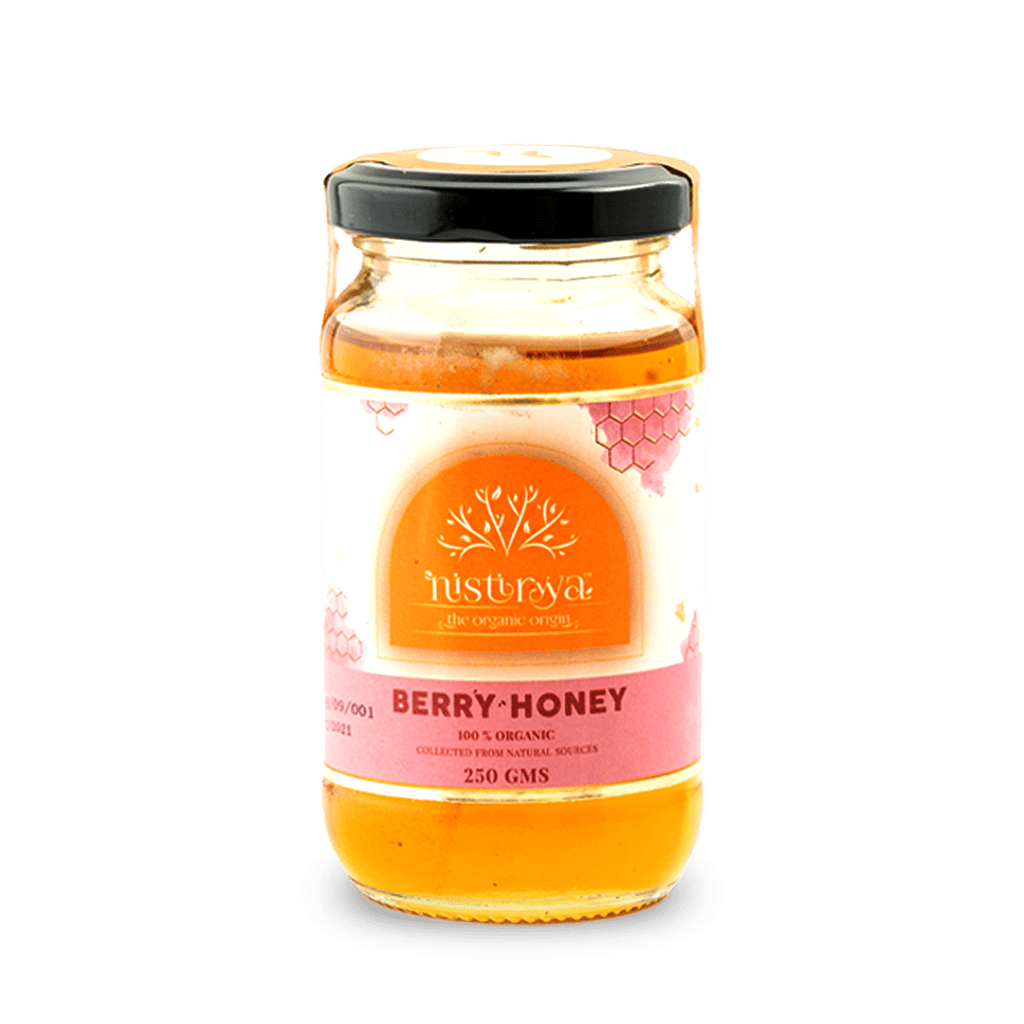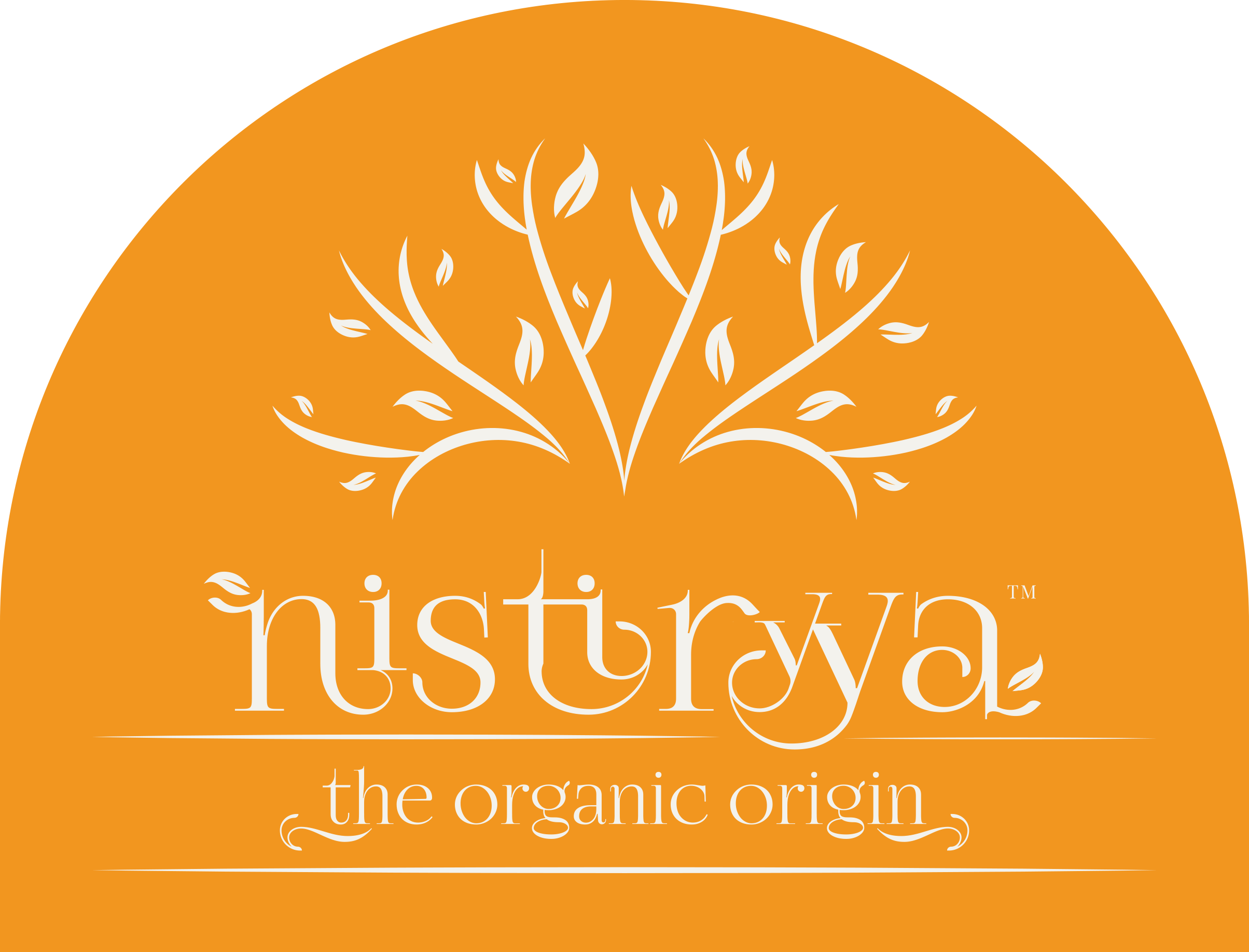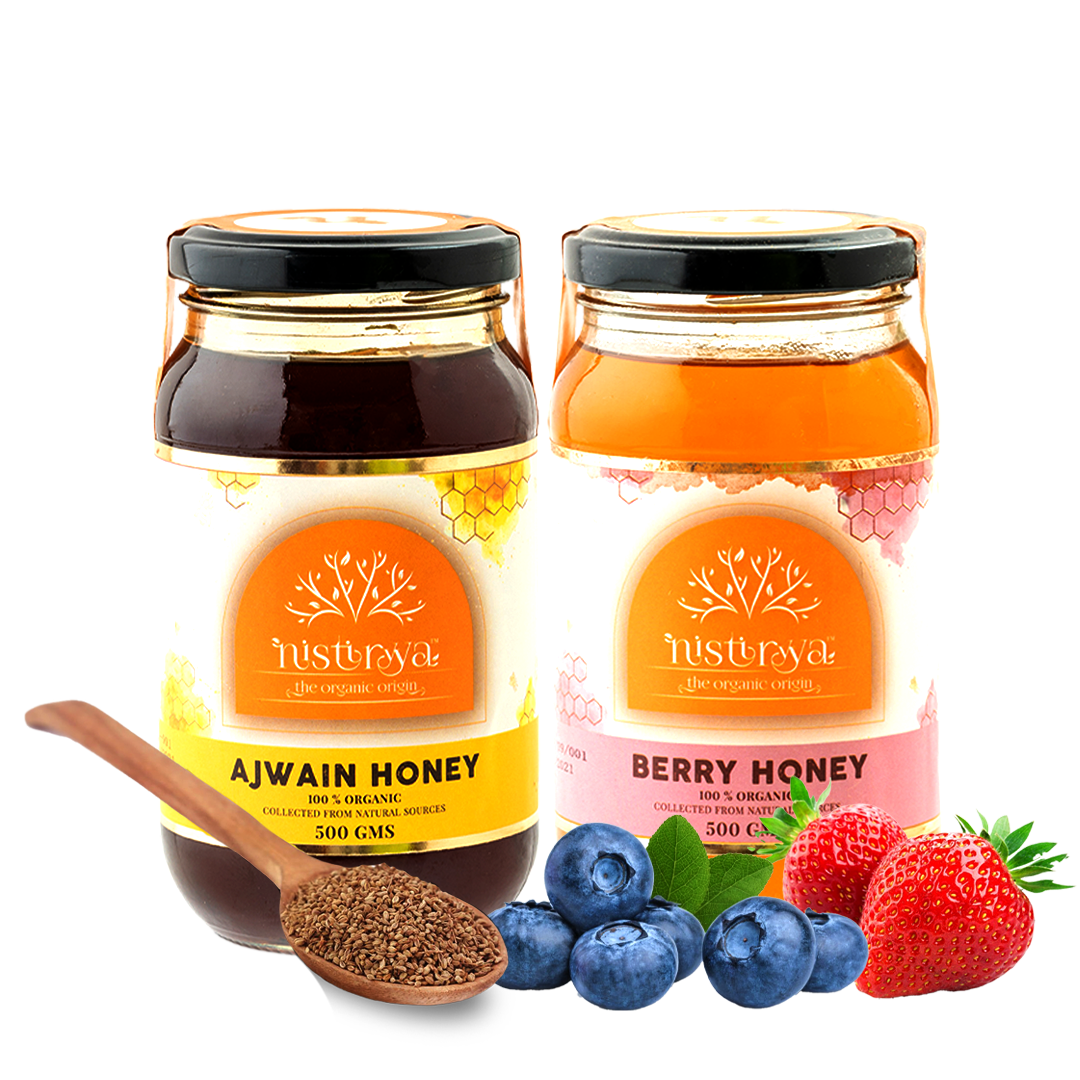8 Different and popular types of honey you should know
- Manoj Kathuria
- January 14, 2023
Can you guess how many types of honey there are? Over 300! Yes! And each has a distinctive and unique taste.
Who doesn’t love honey? A delicious and versatile sweetener, you can use it in recipes, home remedies, beauty routines, medicines and a lot more. In this article, we will talk about the 8 types of honey you should know.
[multiple jars of honey]
What is Honey?
Honey is an edible sweet, thick fluid produced by honey bees. They produce it by gathering and refining nectar from flowers and other plant secretions. They produce and stockpile this sweetener in hexagonal wax structures called honeycombs in hives or bee colonies. Honey is extracted from either wild bee colonies or the hives of domesticated bees. The maintenance of such domesticated bees is called beekeeping or apiculture.
Humans have been foraging and using honey since prehistoric times. In fact, the cave paintings in Cuevas de la Araña, Spain proved that humans foraged honey at least 8,000 years ago! The speciality of honey is that it doesn’t get spoiled even after thousands of years – as long as it is uncontaminated and stored well.
Honey gets its sweetness from the high concentrations of fructose and glucose. Its sweetness, taste and texture depend on the type of flowers the nectar came from. Apart from being sweet, it has a lot of nutrients like amino acids, minerals, antioxidants, enzymes etc.
Although honey is mostly produced by different types of bees, they are not the only species. Certain wasp species produce and consume honey.
Types of Honey
Honey is classified in two different ways: the source and packaging or processing.
Source: Honeybees collect nectar from many flowers. Depending on the variety and type of flowers, the honey can be either monofloral or multi-floral.
Processing: Since honey is a major food product, it is commercially cultivated, produced and processed worldwide. Depending on the processing methods, it can be raw, pure, organic, pasteurised, filtered, or crystallized.

1. Monofloral Honey
As the name suggests, monofloral honey is made from the nectar of only one type of flower. Beekeepers achieve this by keeping the beehives in places where only one type of flower is grown. Each monofloral honey has a unique flavour and colour that entirely depends on that nectar source.
Just because the source is a flower, it doesn’t necessarily mean a flower garden. Honey bees extract nectar from any plant and tree that yields a flower. Monofloral honey is named after its sources like berry, ajwain, acacia, avocado, buckwheat, sage, clover, orange blossom, manuka, eucalyptus, dandelion, alfalfa, tupelo etc.
2. Multi-floral Honey
Multi-floral honey is made from the nectar of multiple types of flowers. There is no one distinct aroma, taste, or colour as it depends on the set of flowers the bees have extracted the nectar from. The flowers blossoming in turn depends on the season, geographical location, area, altitude, weather, climate and so on. The intensity of the flavour also varies from year to year.
3. Raw Honey
Raw honey is any type of honey that is as it exists in the beehive without any processing. It is unfiltered and not heated or pasteurized. It often contains some pollen and wax particles. Due to its high pollen content, raw honey crystallises very quickly. Since it is not heated, all its nutrients are preserved. Some consider minimally processed honey also raw honey.
4. Pure Honey
Pure honey is any type of honey that contains 100% honey and no added ingredients. It contains no extra sweeteners like sugar or corn syrup, artificial flavours or colours. Even honey with added natural ingredients like honey with ginger, honey with black seed etc. is not pure honey. A pure honey can be of any floral type and may or may not be raw or organic.
5. Organic Honey
Organic honey is honey that is cultivated in certified organic fields. That means, the beekeepers place the hives in fields where the flowers grown are free from pesticides, herbicides, chemical fertilizers and antibiotics. The honey cultivated must be certified by the regulating bodies to be sold as organic honey. An organic honey may or may not be raw.
[organic honey]
6. Pasteurised Honey
Raw honey easily crystallises because of which it is pasteurised. Applying high heat liquefies the microcrystals to make it nice and smooth thus delaying the crystallization. Pasteurization also destroys yeast cells and extends honey’s shelf life.
7. Filtered Honey
You can filter any type of honey except raw honey. Filtering honey removes fine particles, pollen grains, air bubbles and any other impurities. It involves heating the honey to about 66-77℃ so that it can easily pass through the filter. Filtered honey is very clear and doesn’t crystalise quickly.
8. Crystalized Honey
Crystallization of honey is a natural process where the glucose in honey spontaneously crystallizes or solidifies. Contrary to the popular belief, crystallization is not a sign of contamination of honey gone bad. Although sometimes, it might be a sign of adulteration. You can still use the honey in its solid form or liquefy it by warming it. You can even buy crystalized honey from the market which is also called granulated honey and candied honey.
Conclusion
So these were some of the popular types of honey. If you wish to try some monofloral honey, you can try our ajwain or berry honey. They both are pure, organic and 100% natural. Although we currently have only two types, we will be adding more variants of honey in the future.
So, which is your favourite type of honey?



